Where can you find the world's most famous spacecraft today?
Where legendary spacecraft ended up
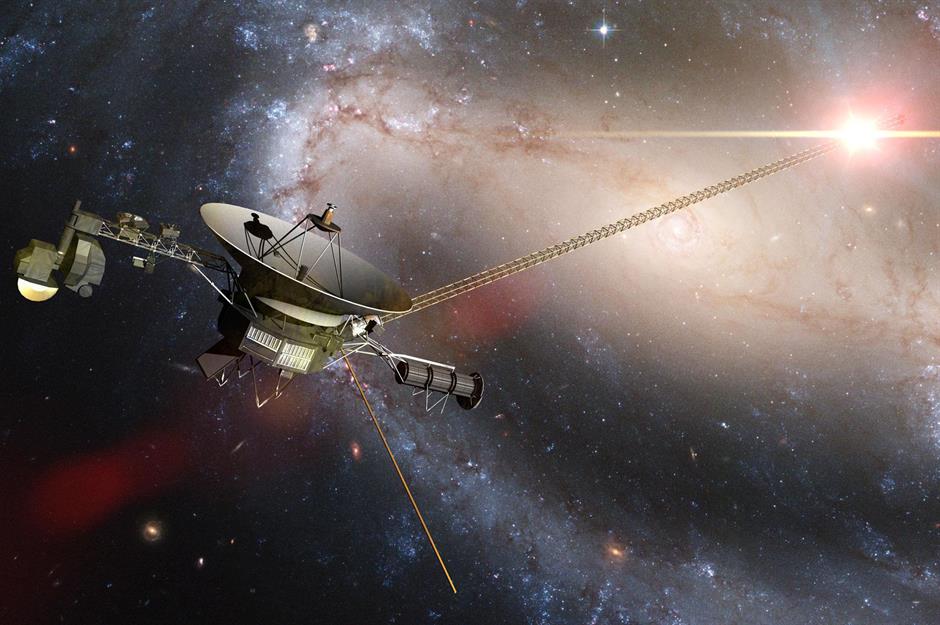
Have you ever wondered where the most famous rockets, satellites, probes, manned craft and space stations end up once they've served their purpose? From museums here on Earth to infinity and beyond, read on to discover the final destinations of some of the most iconic spacecraft in history.
Sputnik 1: Earth's atmosphere
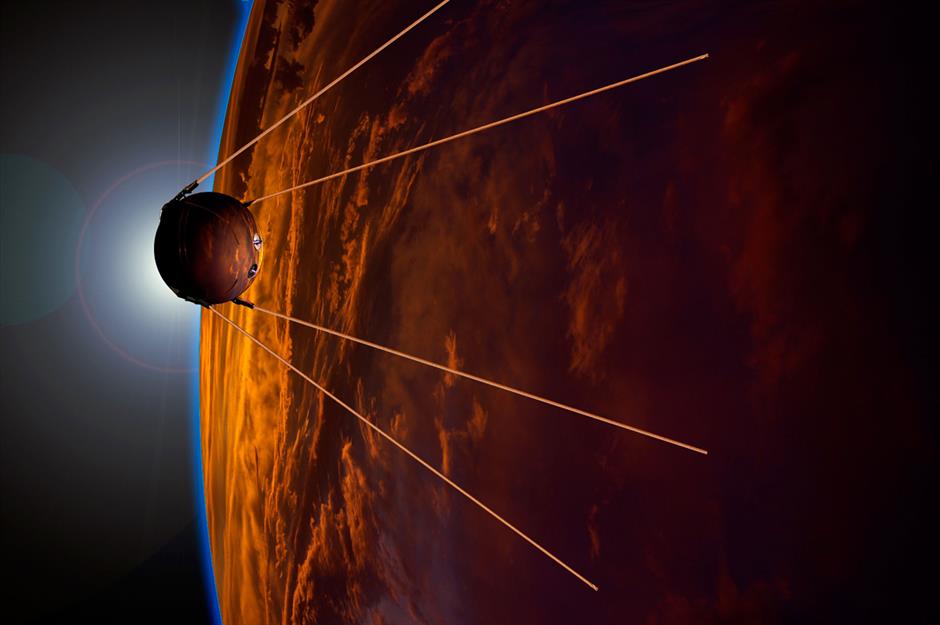
Explorer 1: Earth's atmosphere
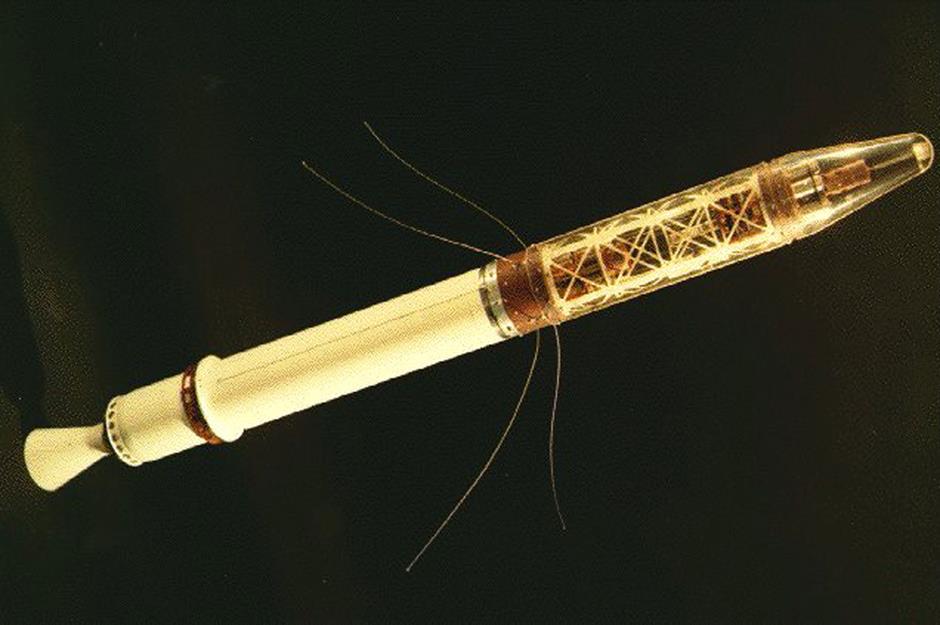
Vanguard 1: Earth's orbit
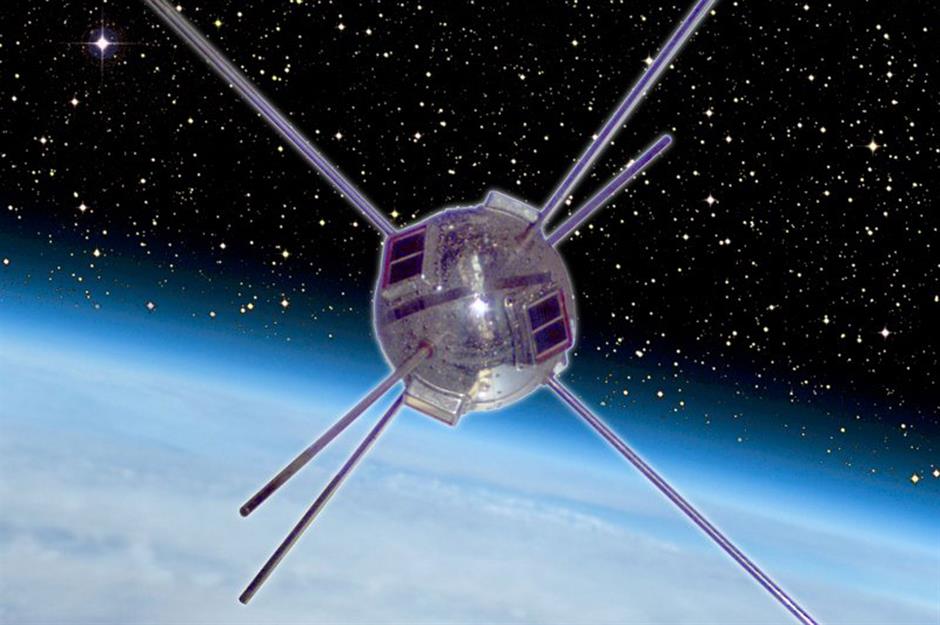
Luna 2: Autolycus crater, Mare Imbrium, Moon
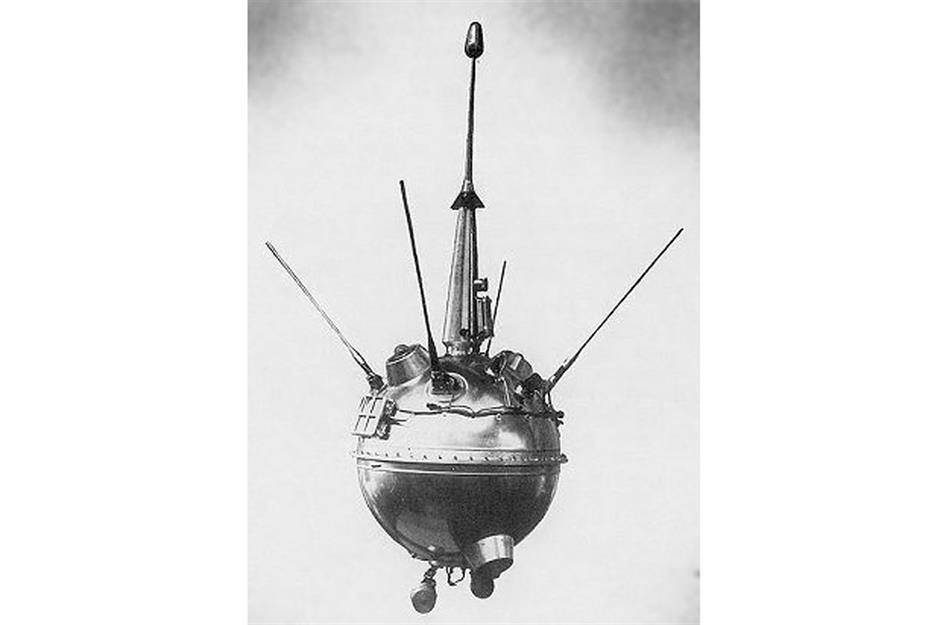
Vostok 1: RKK Energiya museum, Korolyov, Russia
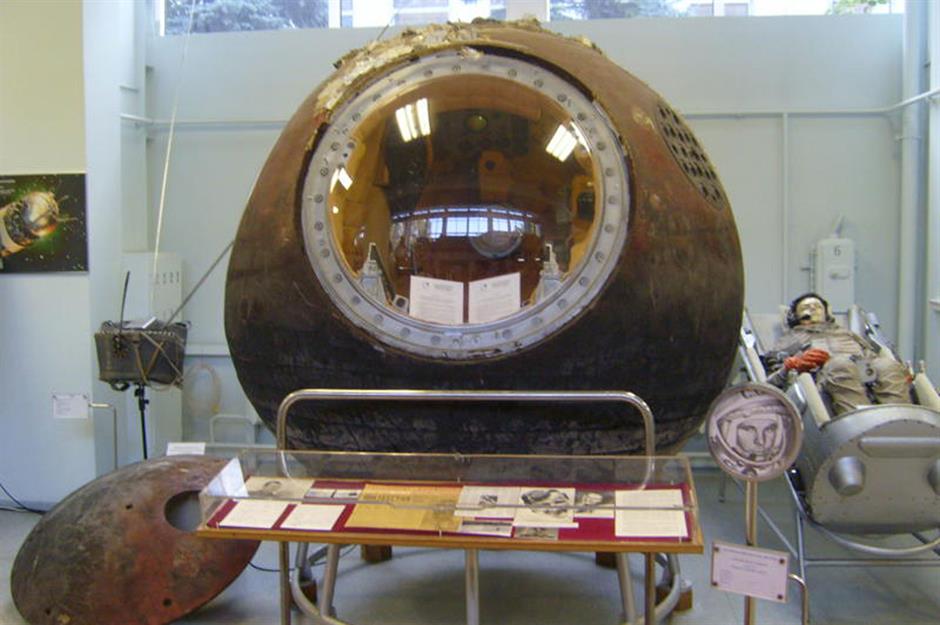
Freedom 7: John F. Kennedy Library in Boston, USA
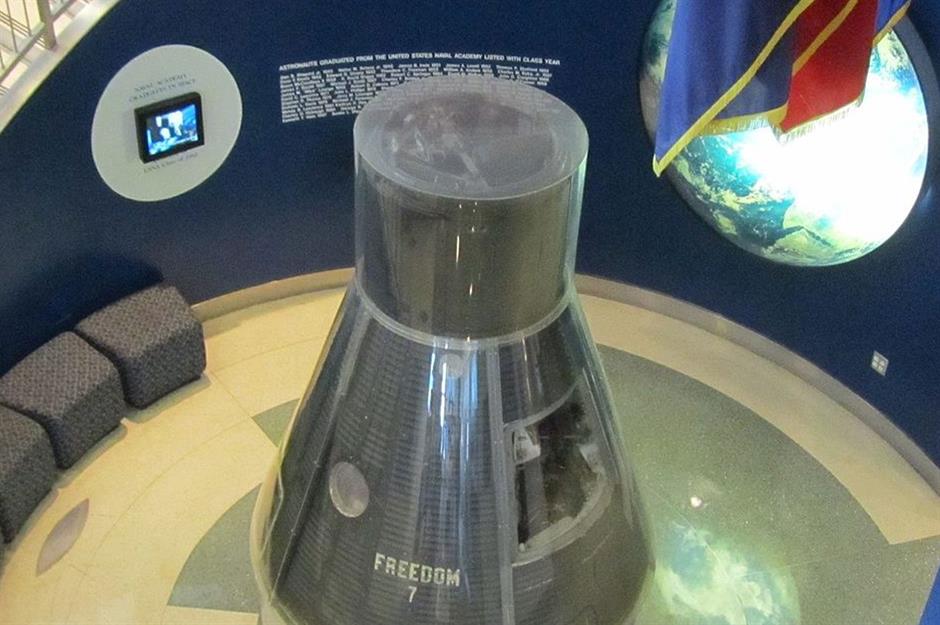
Mariner 2: Sun's inner orbit
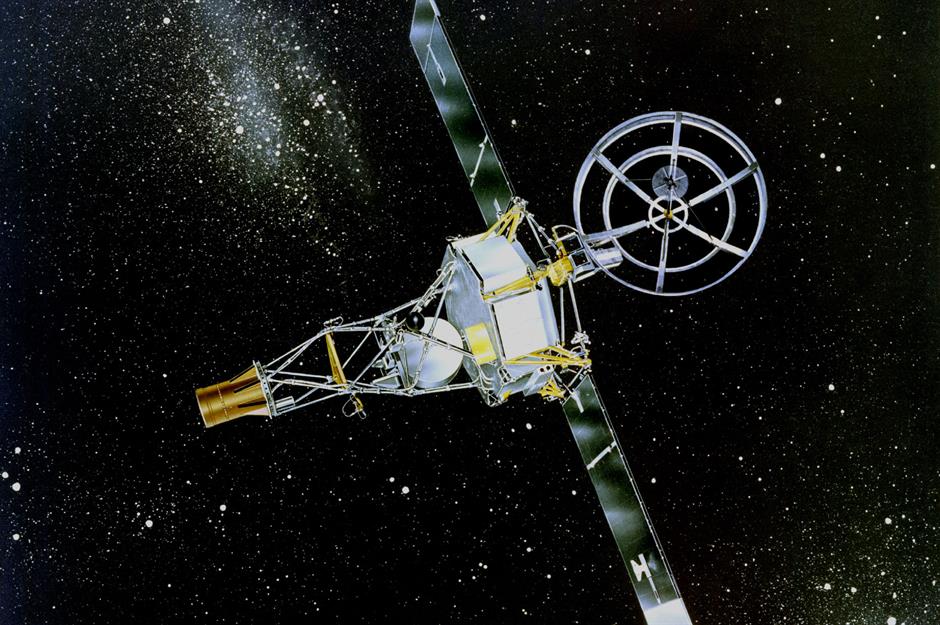
Telstar 1: Earth's orbit
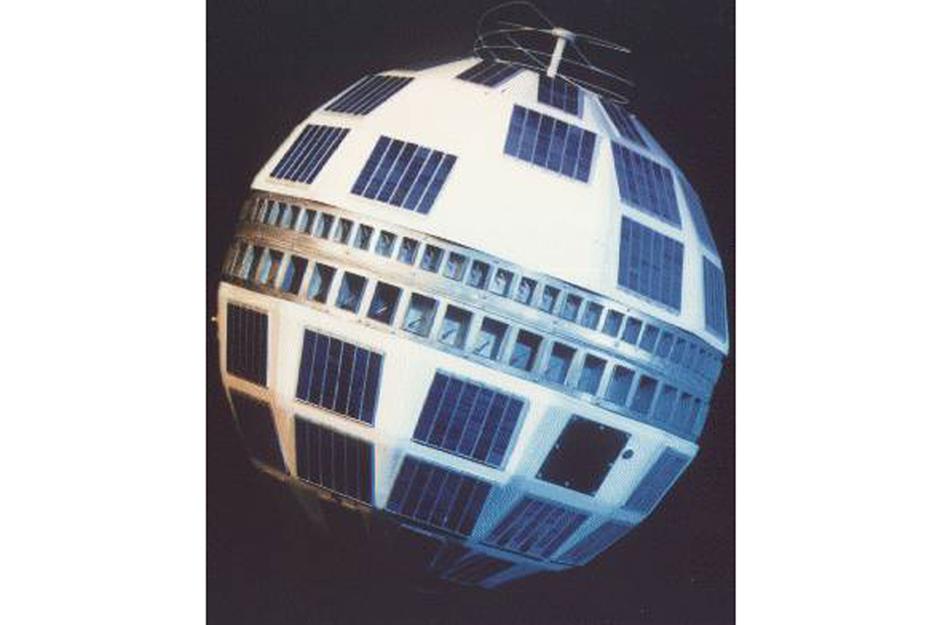
Ariel 1: Earth's atmosphere
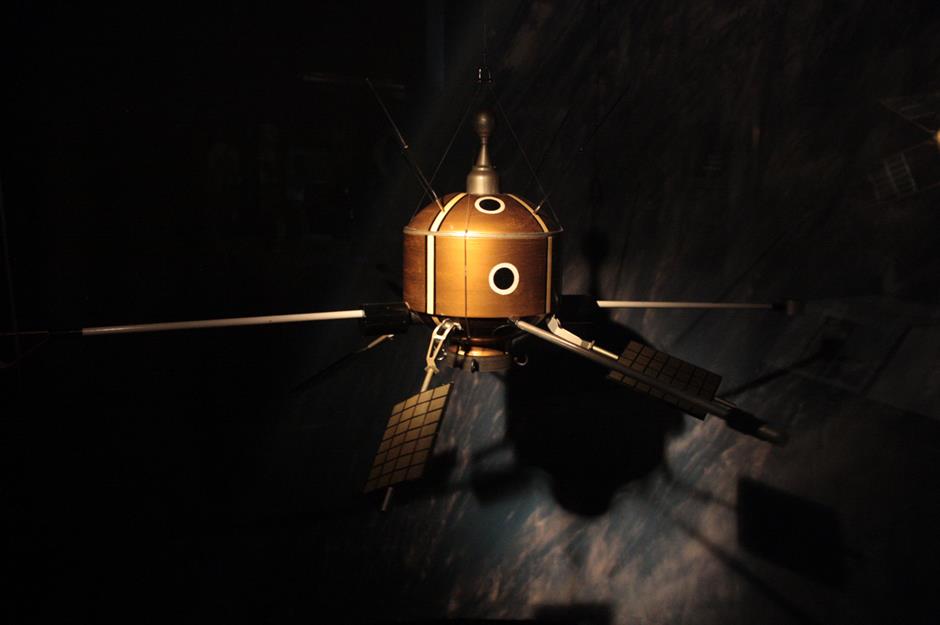
Ariel 1, which was named after a spirit in Shakespeare's The Tempest, was the UK's first satellite and the first that wasn't American or Soviet. Launched on 26 April 1962, the British spacecraft remained in orbit until 24 April 1976 when it came crashing down to Earth.
Mariner 4: Sun's outer orbit
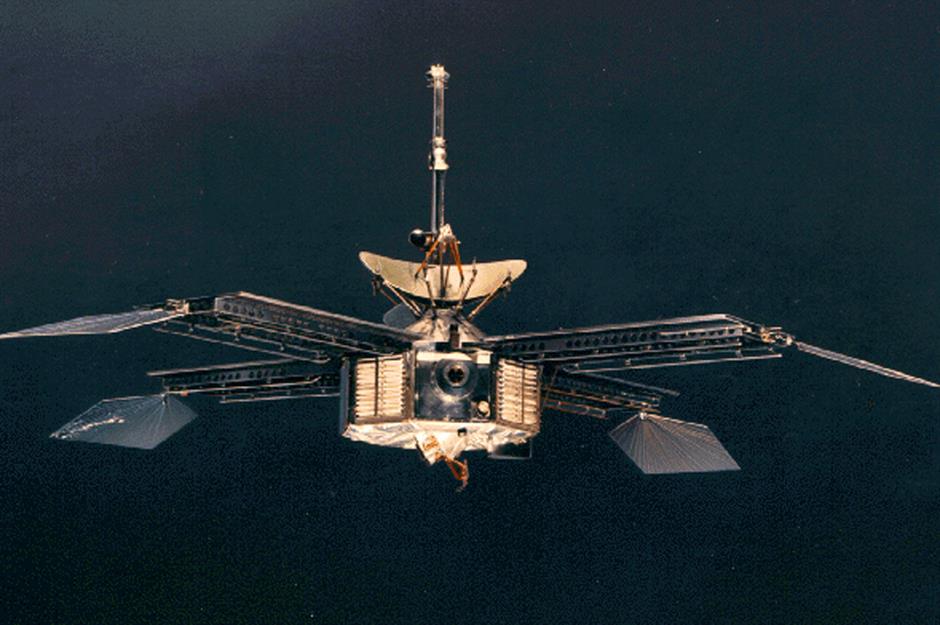
Gemini 3: Grissom Memorial Museum in Mitchell, USA
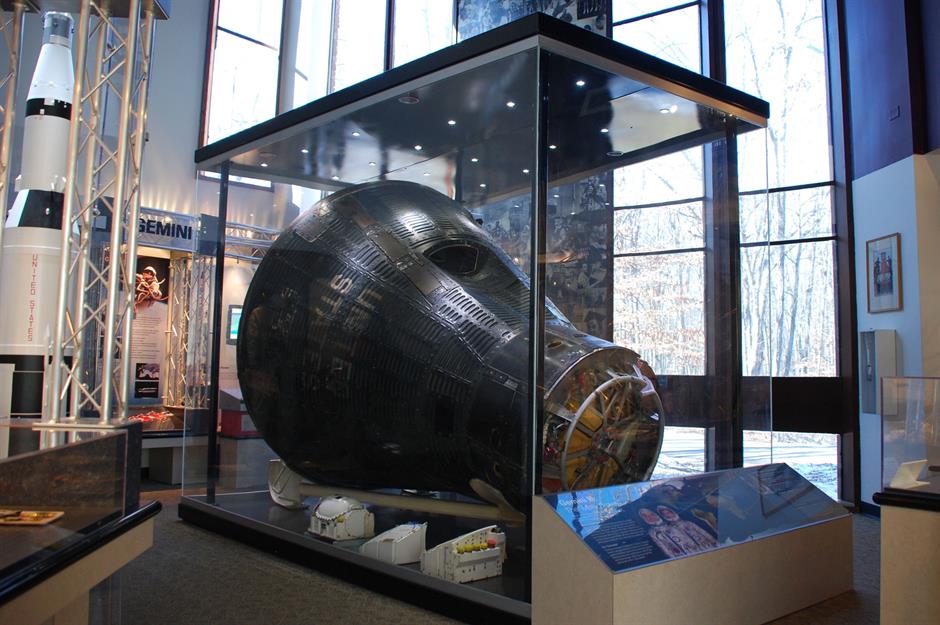
Saturn V: Kennedy Space Center, Florida and Johnson Space Center, Houston
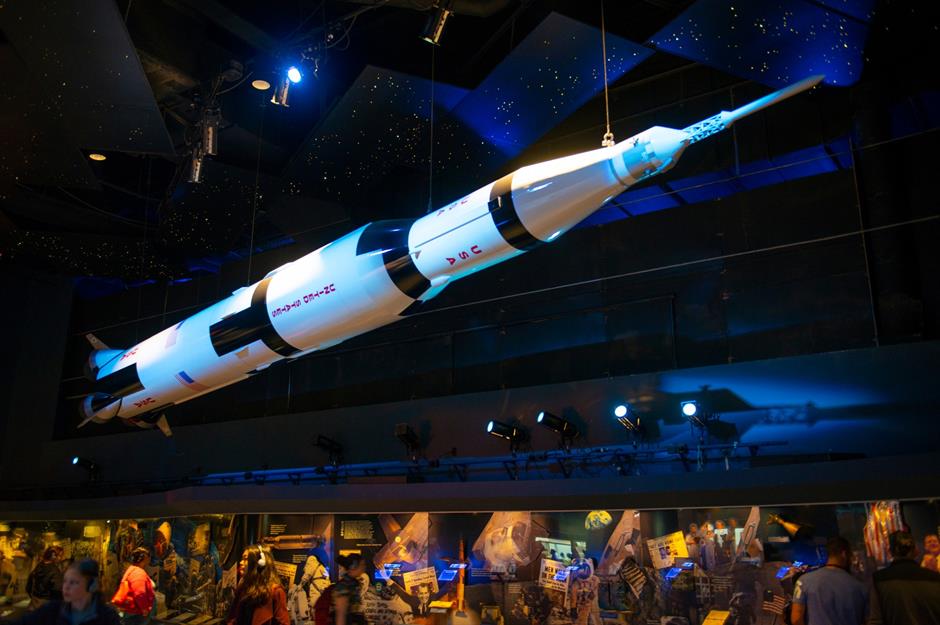
Columbia: National Air and Space Museum, Washington DC, USA

Odyssey: Cosmosphere, Hutchinson, USA

Venera 7: Guinevere Planitia, Venus
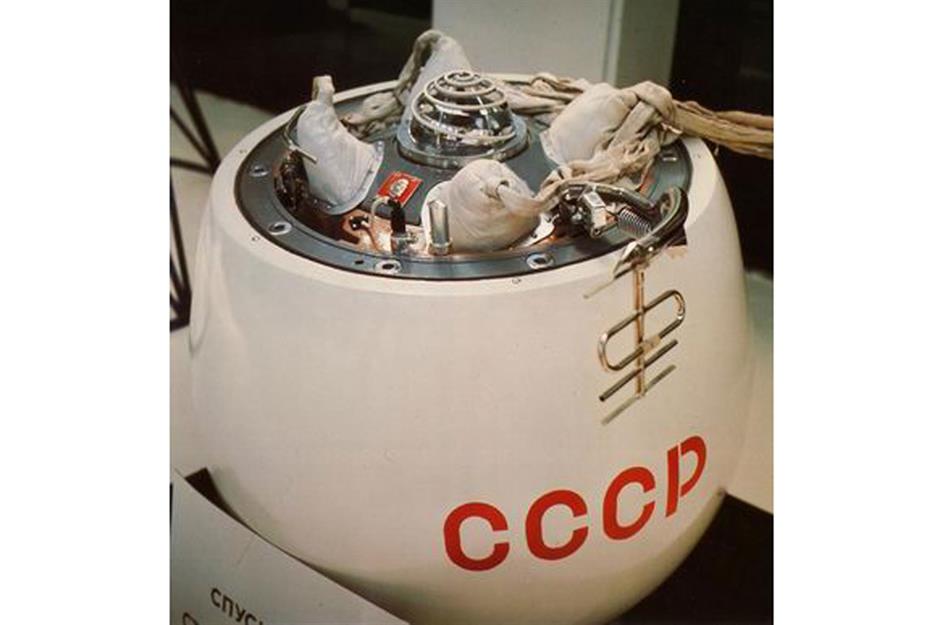
Skylab: Western Australia
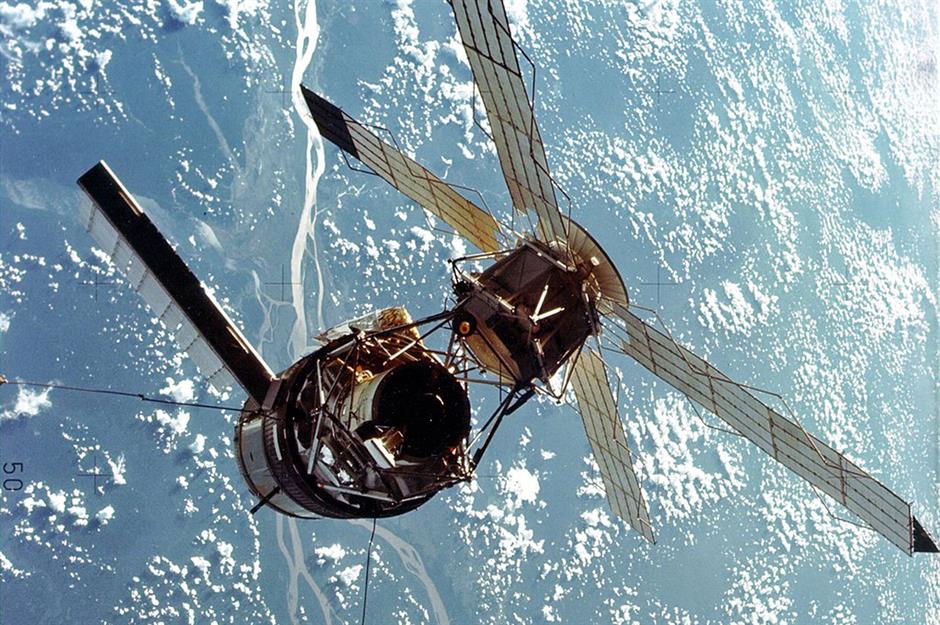
Mir: Point Nemo, South Pacific Ocean
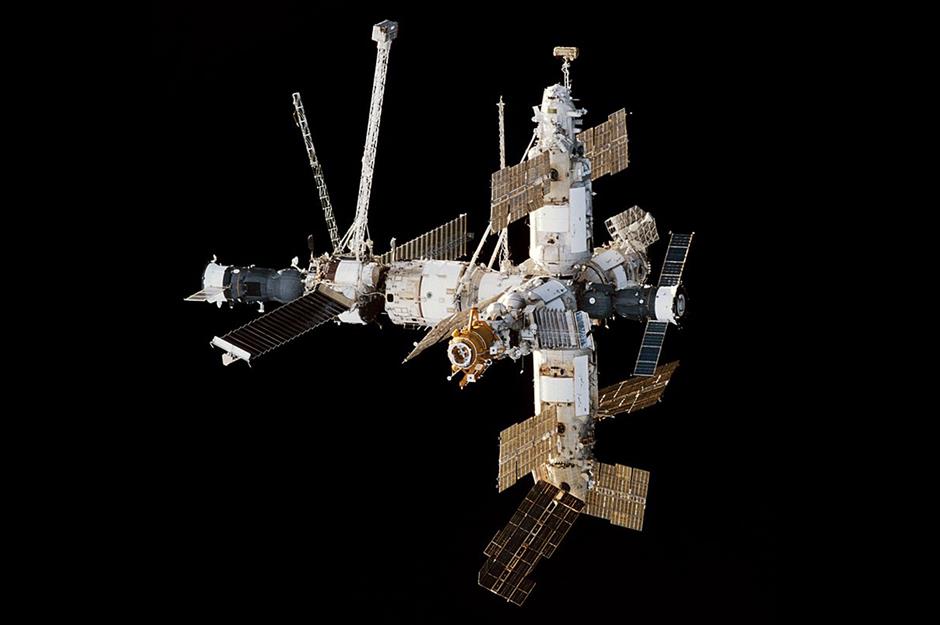
Pioneer 10: Aldebaran (Alpha Tauri)
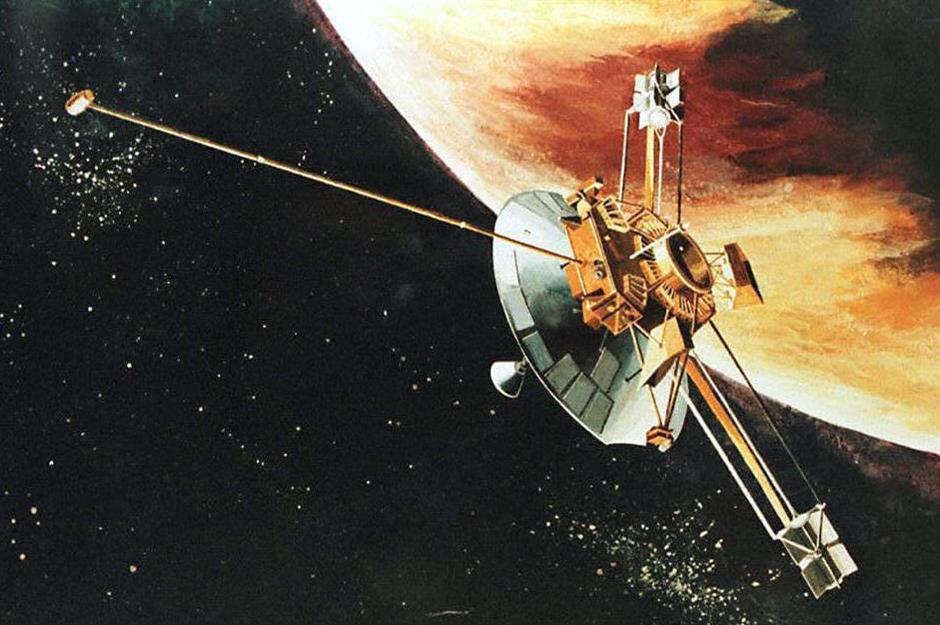
Pioneer 11: Scutum constellation
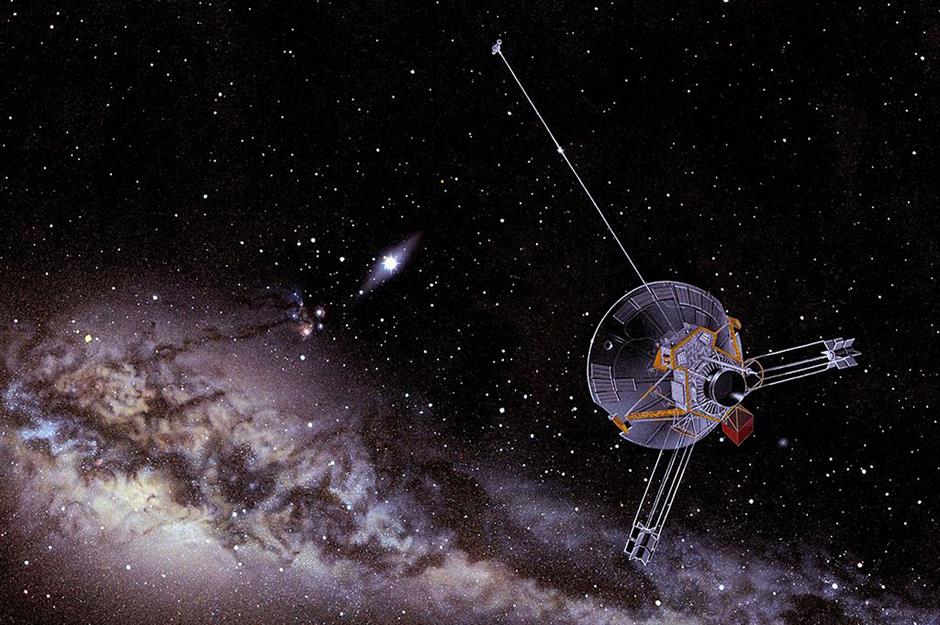
Viking 1: Chryse Planitia, Mars
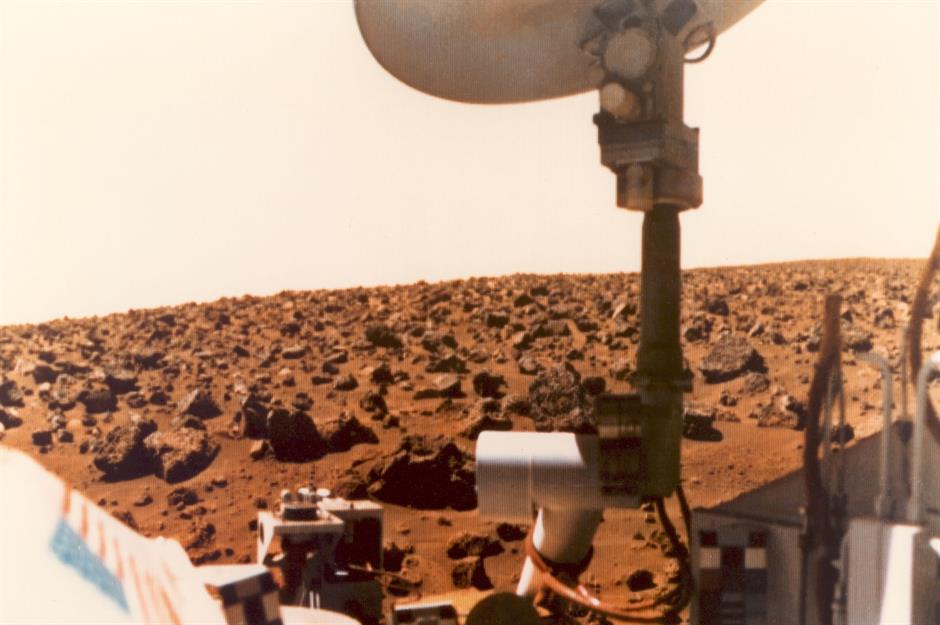
Voyager 2: Interstellar space

Voyager 1: Interstellar space

The most distant object built by humans, Voyager 1 was launched on 5 September 1977 and made it to interstellar space on 25 August 2012. Like its twin, Voyager 1 is poised to wander the Milky Way, whizzing by the star Gliese 445 in about 40,000 years from now.
Giotto: Sun's inner orbit
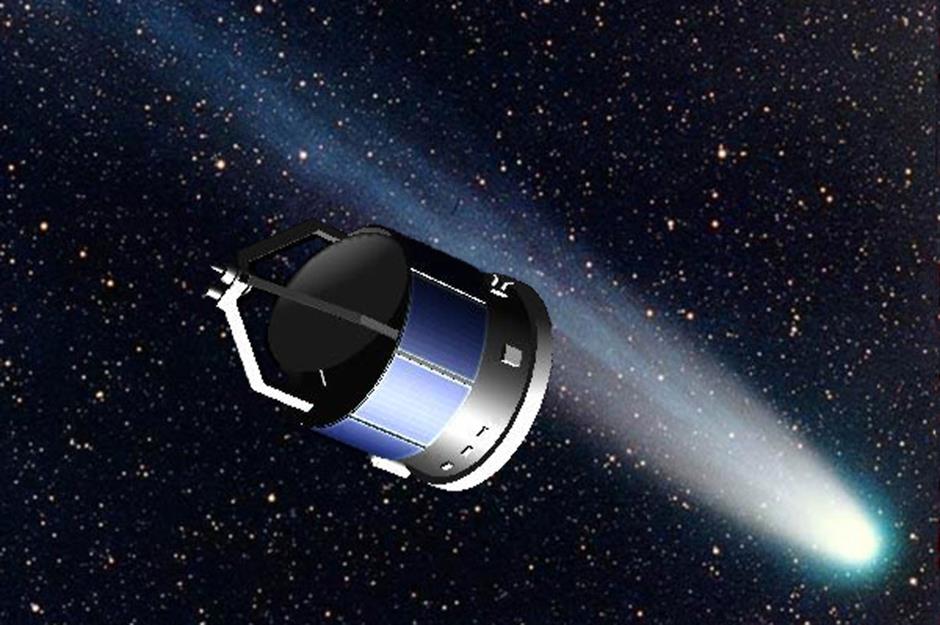
New Horizons: Sagittarius constellation
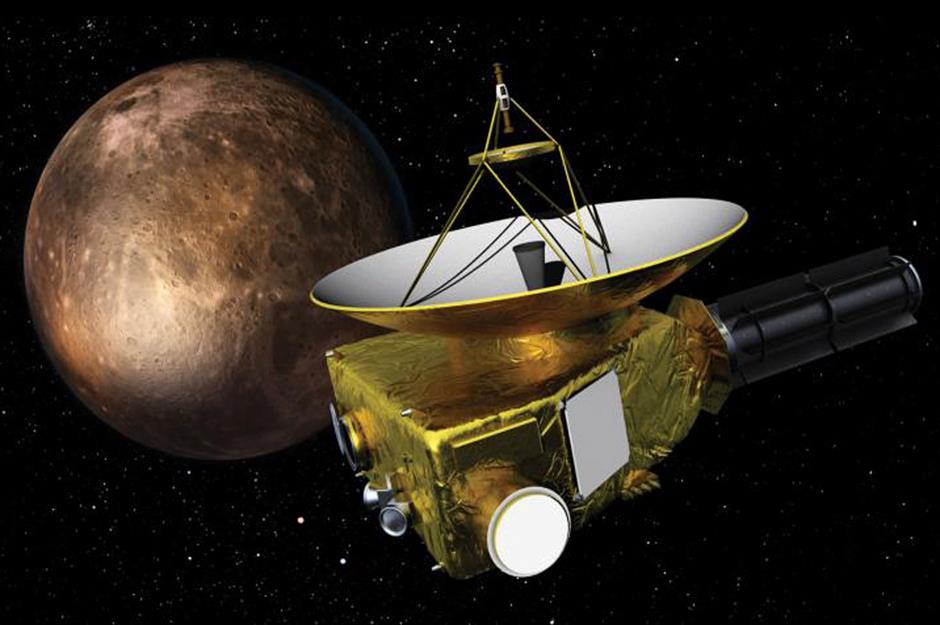
Rosetta: Ma'at region, Comet 67P/Churyumov-Gerasimenko
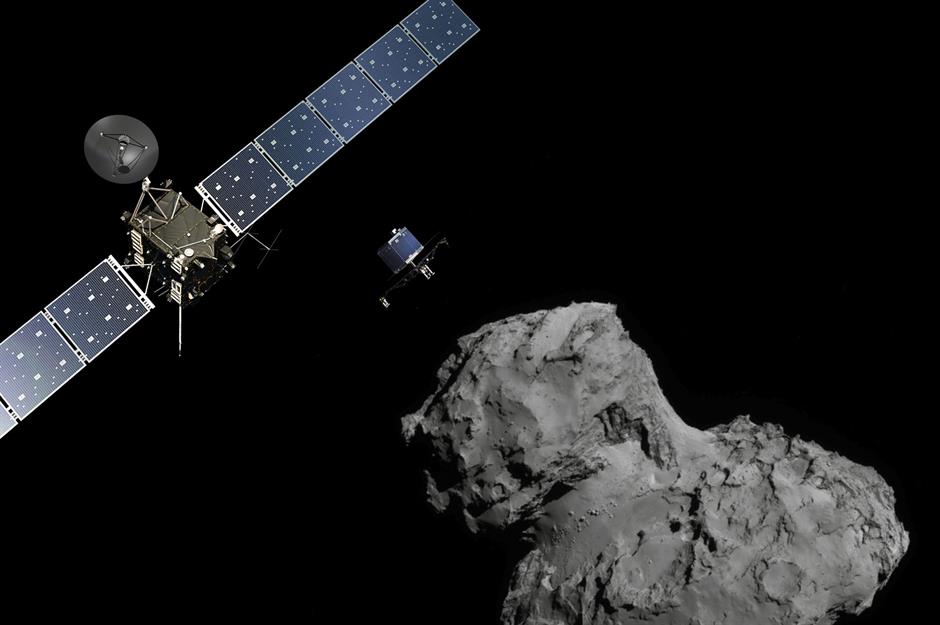
The European Space Agency's Rosetta probe carried out a detailed analysis of Comet 67P/Churyumov-Gerasimenko and ended its mission in spectacular fashion on 30 September 2016 by crash-landing in the comet's Ma'at region.
Tiangong-1: South Pacific Ocean
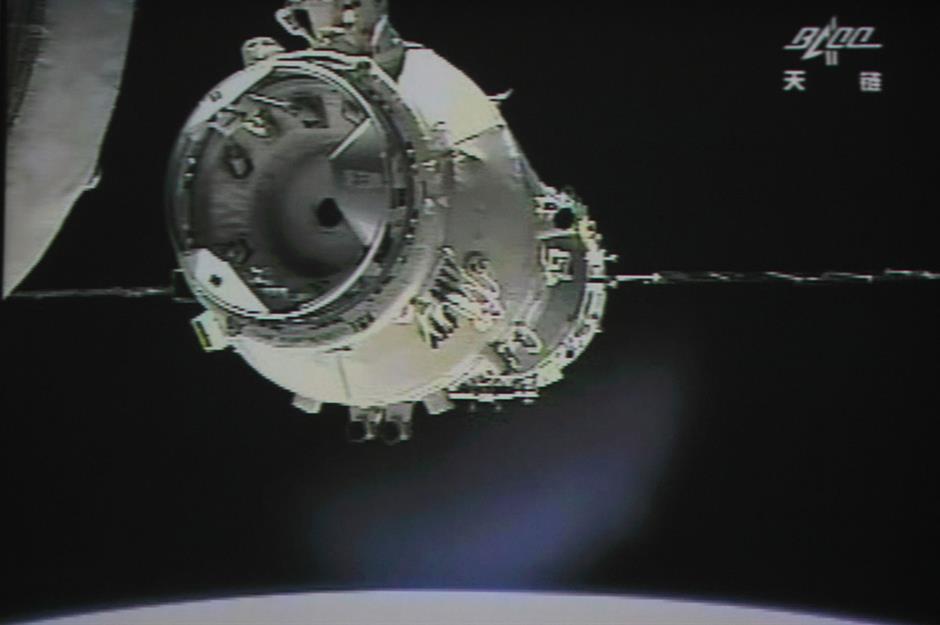
China's out of control space station, Tiangong-1 finally fell to Earth in April 2018. To the relief of the millions of people in the potential crash zone, the runaway spacecraft met its end in the South Pacific Ocean, around 1,900 miles from Point Nemo.
From masterpieces to the moon, amazing things you can buy shares in
Comments
Be the first to comment
Do you want to comment on this article? You need to be signed in for this feature